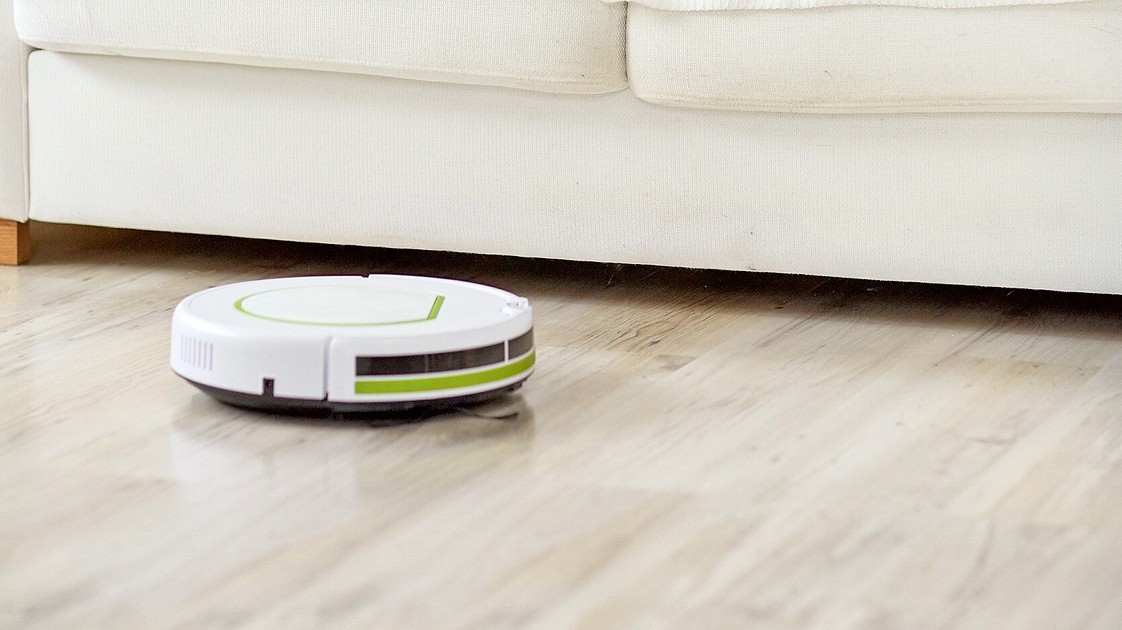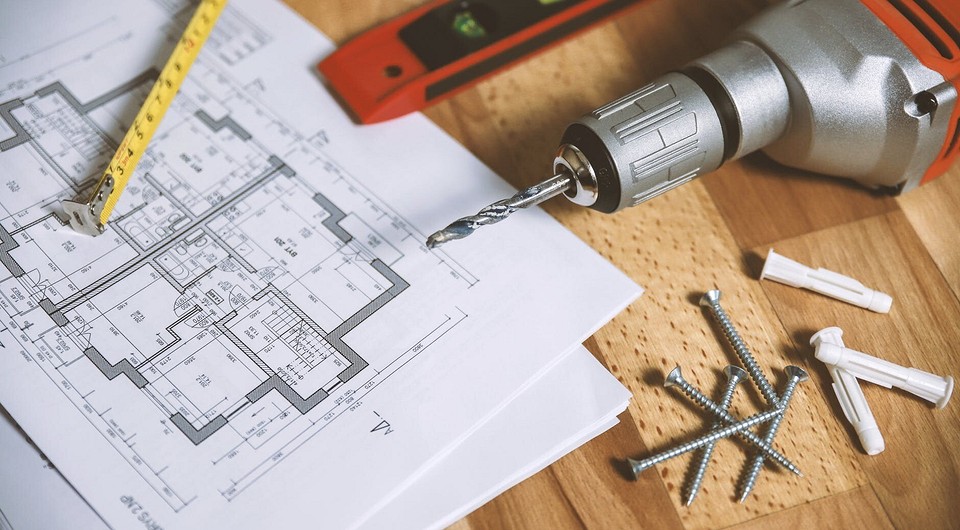Пасхальная мозаика
Пасхальная мозаика Незаслуженно забытый способ работы с бисером мозаичное украшение пасхального яйца бисером по воску. ТВ программа Мозаика 28 04 2016 Мастер класс с Ириной
 Пасхальная мозаика
Пасхальная мозаика
 Как быстро освежить интерьер с помощью декоративных наклеек
Как быстро освежить интерьер с помощью декоративных наклеек
 Уютный интерьер с желтыми и синими акцентами: квартира в Санкт-Петербурге для отдыха и работы
Уютный интерьер с желтыми и синими акцентами: квартира в Санкт-Петербурге для отдыха и работы
 Ремонт в квартире под сдачу: 10 важных моментов
Ремонт в квартире под сдачу: 10 важных моментов
 Изящные ревизии
Изящные ревизии
 Выбираем робот-пылесос: 13 важных параметров и 4 полезные функции
Выбираем робот-пылесос: 13 важных параметров и 4 полезные функции
 Маленькая яркая двушка для молодой хозяйки
Маленькая яркая двушка для молодой хозяйки
 Основные причины, по которым течет холодильник и что делать
Основные причины, по которым течет холодильник и что делать
 Чек-лист: 10 инструментов, которые должны быть в доме у каждого
Чек-лист: 10 инструментов, которые должны быть в доме у каждого
 Модный эколофт для стилиста
Модный эколофт для стилиста
Пасхальная мозаика Незаслуженно забытый способ работы с бисером мозаичное украшение пасхального яйца бисером по воску. ТВ программа Мозаика 28 04 2016 Мастер класс с Ириной
Как быстро освежить интерьер с помощью декоративных наклеек Быстро изменить атмосферу в комнате, добавить в интерьер яркий, оригинальный акцент способны декоративные наклейки. 45+ декоративных наклеек
Уютный интерьер с желтыми и синими акцентами: квартира в Санкт-Петербурге для отдыха и работы Квартира в Северной столице предназначалась для временного пребывания во время приезда
Ремонт в квартире под сдачу: 10 важных моментов Ремонт в съемной квартире должен быть простым и практичным, но стильным. Мы расскажем, как сделатьnbsp;интерьер laquo;под сдачуraquo;,
Изящные ревизии Обзор рынка сантехнических люков устройств, обеспечивающих доступ к скрытым коммуникациям. Технологические особенности, модели, облицовка. Эскортница–сирота была в шоке, увидев себя на картине в
Выбираем робот-пылесос: 13 важных параметров и 4 полезные функции Разбираем важные критерии, такие как время беспрерывной работы и вместительность пылесборника, а также рассказываем о полезных
Маленькая яркая двушка для молодой хозяйки Площадь этой квартиры — всего 49 кв. м, но дизайнер переосмыслила планировку в соответствии с требованиями заказчицы и предложила
Основные причины, по которым течет холодильник и что делать Рассказываем, почему под холодильником может образоваться лужа и что делать в случае протечки. Не работает холодильник,
Чек-лист: 10 инструментов, которые должны быть в доме у каждого В нашей подборке — дрель-шуруповерт, отвертка, пассатижи и другие инструменты, которые могут пригодиться вам в
Модный эколофт для стилиста Дизайн двухкомнатной квартиры сочетает в себе тяжелые сварные конструкции в стиле лофт, строгие линии мебели и ярко-оранжевые шторы для настроения. СТЁГАНЫЕ